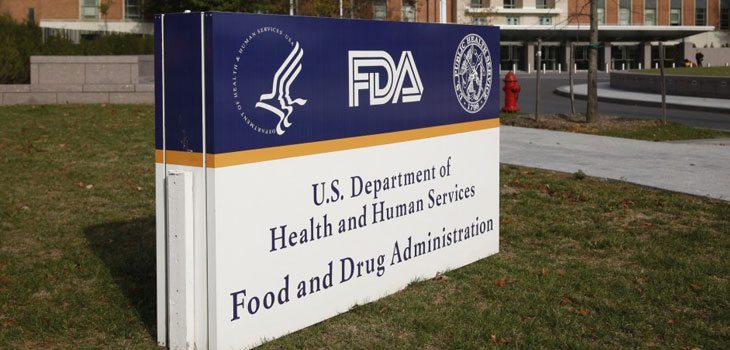The third quarter has been pretty eventful from an FDA perspective, but there’s still a couple of weeks left, and with the remaining time, comes a couple of key FDA decisions that could dictate the medium term bias in the companies that underpin the registration applications. Here are two PDUFAs to watch heading into the end of September, with a look at the drugs they address and the companies that stand to lose or gain on the outcome.
September 25, 2016.
Our first date to note involves two junior biotechs, Pain Therapeutics, Inc. (NASDAQ:PTIE) and DURECT Corporation (NASDAQ:DRRX). The two companies are looking to get their collab candidate Remoxy approved. It’s an abuse deterrent version of Oxycodone, and one that we have addressed on a number of occasions in the past. That we have looked at Remoxy before, however, in this instance, isn’t a particularly good thing. At least, that is, not for its chances of approval.
The drug has been on the wrong end of two CRLs in the past – one in 2008 and one in 2011 (yes, that long ago) – and investors lost a lot of faith in its potential when big pharma behemoth, and a top player in what look set to be a multi billion dollar abuse deterrent opioid space, Pfizer Inc. (NYSE:PFE), returned the rights to the drug after having licensed it from Pain pre-CRL.
Whether the two companies have addressed the concerns outlined by the agency relating to the initial (and subsequent) applications, remains to be seen. We know that the opioid abuse landscape is an epidemic in the US right now, however, and so there’s a favorable macro trend weighing in on the drug’s chances when the agency comes round to reporting its decision.
September 30, 2016.
Fast forward a week, and the FDA will shift its attention form Pain Therapeutics’ and its opioid abuse deterrent candidate to Vertex Pharmaceuticals Inc. (NASDAQ: VRTX) and its cystic fibrosis candidate, Orkambi. As many readers will already be all too aware, the CF landscape is sorely lacking in viable treatments right now, and this is especially true at the pediatric end of the spectrum. CF in children can be, and generally is, severely debilitating, and a number of companies are rushing to bring a candidate to market that can fill the current wide unmet need for an effective first and second line therapy in the condition. Vertex’s compound is, as mentioned, called Orkambi, and it’s already approved in patients with CF that are 12 years and older.
The upcoming PDUFA is investigating the safety and efficacy of the drug in patients aged 6-11, and the NDA is based on a phase III that addressed both of these factors across a relatively small (n=58) sample size in this age bracket.
The data looked good, and with the current landscape so sparse (ad the prognosis in many of these patients so bleak) it is hard to imagine the agency not giving the drug a green light come September close.
With this said, however, the FDA is notoriously tough on pediatric drugs (and justifiably so), and there is always a question mark over its final say in this type of application. We’re leaning towards an approval, but with circa 10-20% room for error on our bias.
